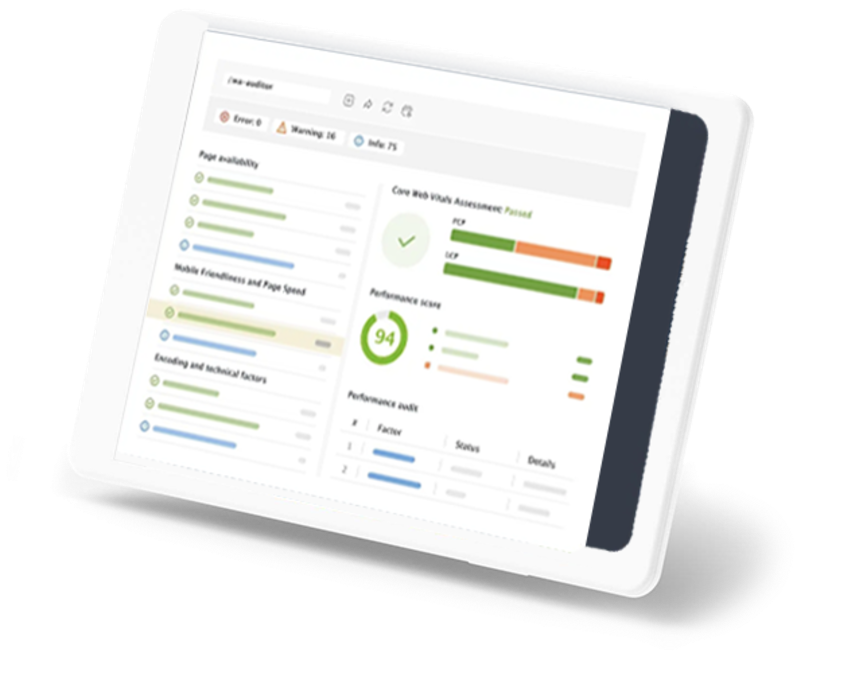Manufacturing In The U.S. Is Just Taking Off
Bloomberg The Open
By Bloomberg Television
8 Mar 2024
News Anchor: Secretary, thank you so much for your time, uh, so we just got the data, I’ve been digesting over the past 30 minutes. The jobs number came in higher than expected at 275, 000 jobs, but the unemployment rate ticked higher to 3. 9%. Can you explain that divergence to us?
Julie Su: That’s right. So the jobs numbers continue to be very strong.
The three month average is actually 265, 000. So, you know, we look at trends as much as we look at monthly numbers. And on that, the unemployment rate remains under 4 percent for over two years now, that’s the longest stretch in 50 years. So as the president noted yesterday, uh, last night, the economy remains, um, strong.
The union remains strong. We’re moving things in the right direction, and we have more work to do, and we’ll continue to do it
News Anchor: right. But we’ve had revisions as well, and that’s going to be tempering some of this hot labor market. So revisions were down for January by 124, 000 jobs. So is this job market not as strong as you were Expecting and anticipating?
Julie Su: No, I mean, the job market is stronger than anyone really predicted. You know, again, let’s go back to, uh, you know, when the president first came into office and all predictions were of, you know, recession and crisis and crash. None of that has materialized. That doesn’t happen by accident. It happens through leadership and strong economic policies and, uh, you know, we’re seeing that month over month.
The revisions are a feature of the numbers. You know, we put out numbers every month, uh, so that we can have a picture that, uh, that tells us what’s going on in the economy. And then we revise them to, uh, to make sure that they’re accurate. And That’s why we look at again, not just what happens each month, but over time.
And our over time figures demonstrate strong, steady, continued growth, exactly what we want to see. It feels like the very definition of a soft landing.
News Anchor: Well, when you look at the manufacturing space, this report, we have manufacturing jobs coming in at negative 4, 000 computer electronics and manufacturing coming in at negative 1700 and semiconductors, negative 700.
President Biden last night was touting manufacturing jobs, but when you look at the manufacturing space. When he last spoke at the State of the Union, he’s only added about 70, 000 in that manufacturing space. Do you think this shift towards more manufacturing in the United States is starting to stall?
No, I don’t think it’s stalling at
Julie Su: all. I think it’s just taking off. So, many of the investments that the President helped to get across the line with, uh, with Democrats in Congress are really just stalling. Coming to fruition now, right? They’re, they’re gonna, they’re gonna hit the ground in 2020. But then how do you explain the negative read on manufacturing jobs in this report?
Well, again, overall, the manufacturing jobs are up. It’s up over 700, 000 since the president came into office. And he has been very clear that there’s no reason why we can’t make things in America, right? We invented semiconductors here. We’re going to make them here. And so the, those Those factories have to be built.
Those jobs, you know, are are still to come. But his vision for in America in which we can build things here resilient, you know, make our supply chain more resilient and create good jobs, including good union jobs in all communities. That is what the monthly numbers show. It’s definitely what the overall trends show
News Anchor: when you look at where jobs were created.
It’s coming from the federal government. 9, 000 state jobs, 5, 000 the local 38, 000. Actually, we haven’t seen a drop in government payrolls on a monthly report since August of 2022. Do you think the expansion of government is partly responsible? For keeping this labor market where it is
Julie Su: well, so the job growth numbers are really much more broadly.
It represents much broader industry change than that. We saw big changes in health care, right? Hospital jobs were high. We saw an uptick in transportation, warehousing in social assistance. restaurants and bars. So it is a story both of private sector growth and of government growth. Even if you take the government out, the total growth is of over 200, 000 this month just in the private sector jobs alone.
So it is broad based recovery, which is again, you know, further sign of, of its strength. It isn’t just one industry that’s been driving this.
News Anchor: Well, we also saw in this report, wage growth was cooler than expected. Um, uh, That’s when it came in, and obviously we do know that, uh, even though there are some gains in the labor market, inflation continues to dog American consumers.
This is something that Americans continue to say that this is something that continues to eat into their household gains, their discretionary spending. How concerned are you about this cooling of wage growth?
Julie Su: So this is work that continues, right? It’s controlling, um, for prices. Again, inflation has been cut by something like two thirds.
Um, and we want Americans to, you know, be able to obviously get some of that breathing room the president talks about now. Some of that is about making sure that, uh, real wages are going up. More wages in workers pockets is always going to be a good thing. And so, again, the average overall annual wage increase is still about, it’s a little over four percent.
It exceeds inflation, which means that we can both have lower prices so that Americans feel less burdened. stressed about what they have to pay for basic things, but also higher wages, which is about, you know, making sure that people can have family sustaining jobs. And those two things go hand in hand, and they certainly go hand in hand under under President Biden’s economic agenda.
And we are again, Seeing all of those trends in that direction doesn’t mean we don’t have more work to do. We do. And, uh, but we’re going to stay at it. So you think this cooling was potentially just a monthly blip? Well, I don’t know. I, you know, I wouldn’t call it cooling. Uh, you know, I think that, again, you look at overall the numbers, 275, 000 jobs created, unemployment rate remains under 4%.
We are continuing to see real wage growth. Now the inflation numbers for this month are, have not come out yet. But all of those paint a picture of an economy that has recovered from the depths of the pandemic in which almost 15 million jobs created since the president came into office. And I think, you know, it’s, it’s, it’s really just a good news story all around and the historic investments that the president has made possible, right?
He has a vision for this country. It’s not going to be built overnight, but we’ve seen it. We’ve certainly seen gains over the last three years, and we’ll continue to, uh, uh, to see them as the policies that we’ve put into place really start to, uh, come to fruition. That’s, you know, it’s a story of, uh, of continuing improvement and progress and meeting the challenges that we face.
Uh, across the country,
News Anchor: I just want to ask you about something that happened at the U. S. Bureau of Labor Statistics, an email that was sent out to quote unquote super users about a measure of rental inflation was a mistake, according, according to the Bureau. Why are some people getting emails about inflation?
Others are not. So
Julie Su: we put out these numbers broadly. There’s, there’s no reason not to share them. And I’m here to talk about them for that reason too. If I, if I know what you’re talking about, I think that was, there was a recession. questions that have been asked, but we certainly don’t have a pool of, of, of, of, of super users who get this information that other people do not.
Our entire purpose here is to tell the story of the labor market, tell the story of the American economy, and especially when it’s such a good story, we have no reason not to share it. As broadly as we can, but just do you think this raises any questions of transparency? No. And we certainly would not want it.
You know, we, our, our goal is to be transparent again. We collect this information for no other reason than so that we can understand what is happening in American households, what the job situation is, uh, what jobs are, are being created. These Bureau of Labor Statistics numbers drive transparency.
Economic policy for a reason right there. They’re they’re strong, reliable. It’s the broadest survey that exists. And again, we want we work for transparency. We want people to know what is going on in the economy. And we think it’s important.
Source: https://www.youtube.com/watch?v=2cgSR5hhZUs





















